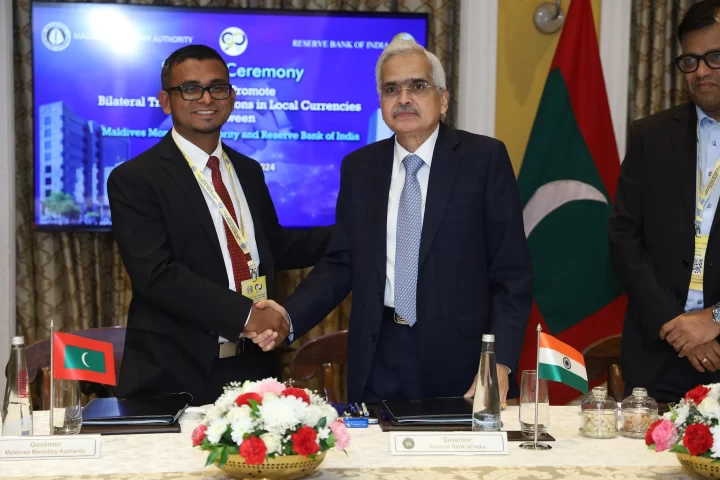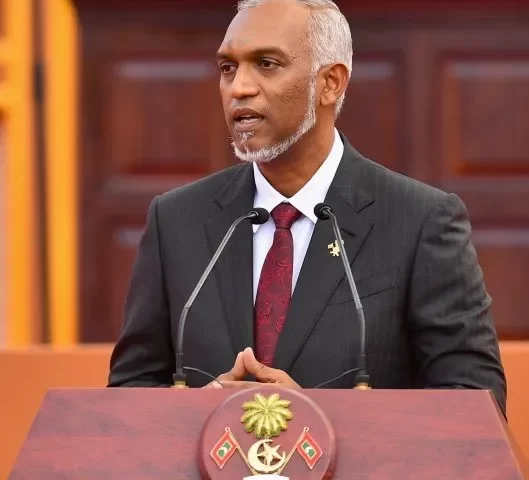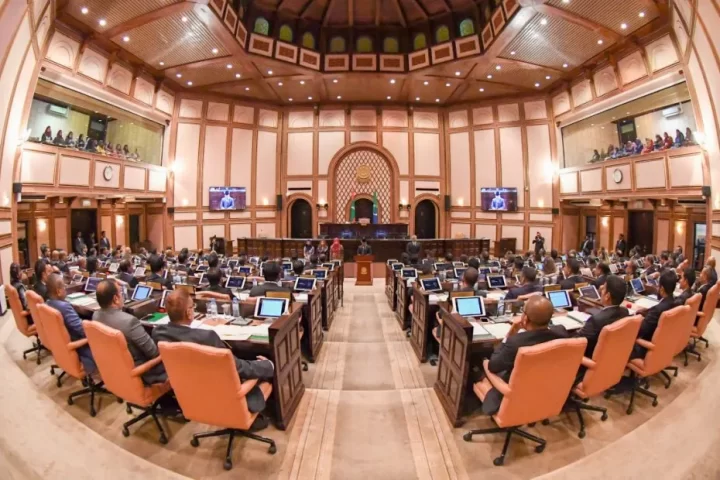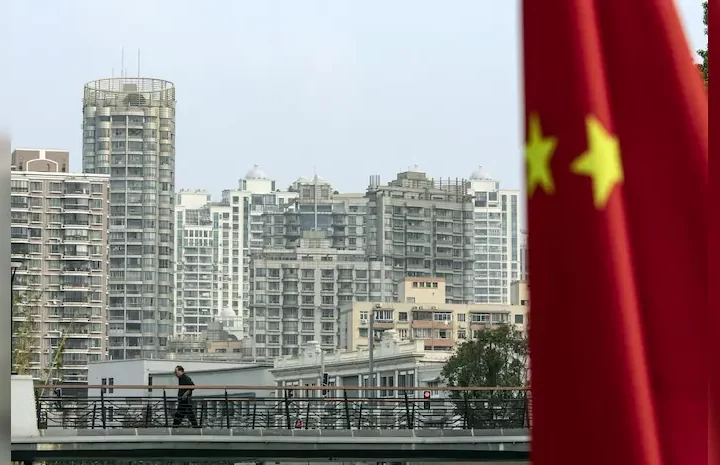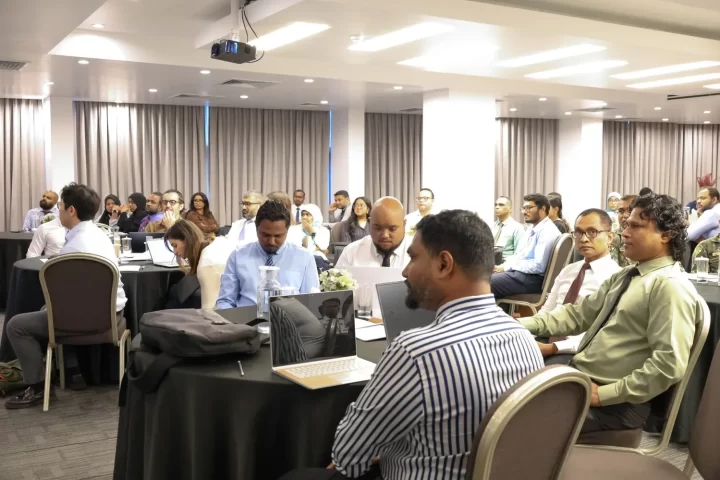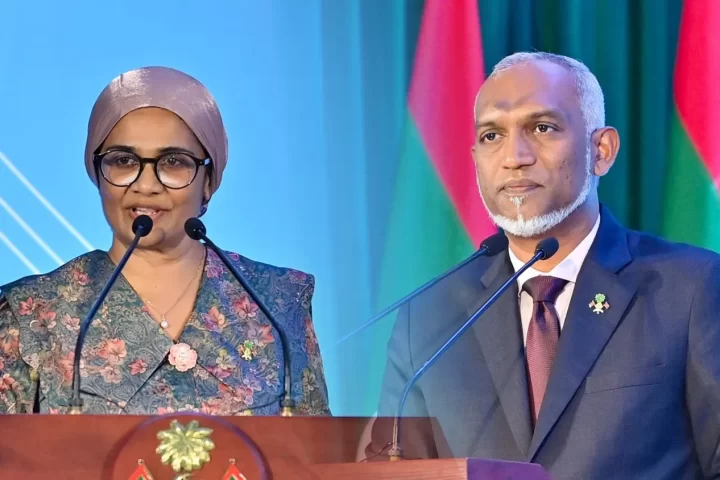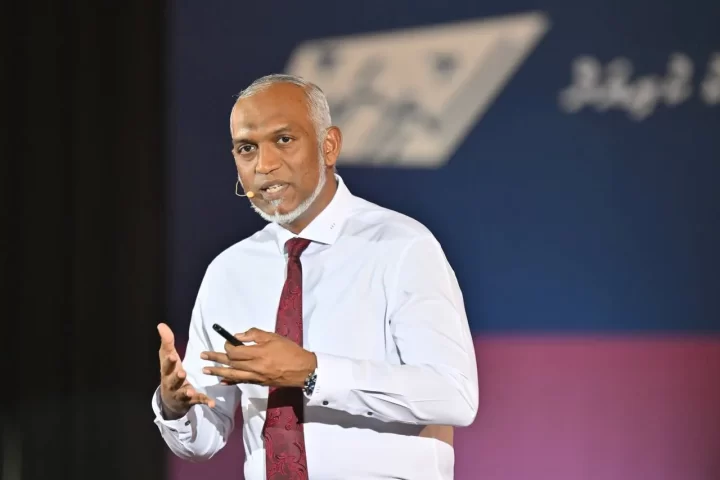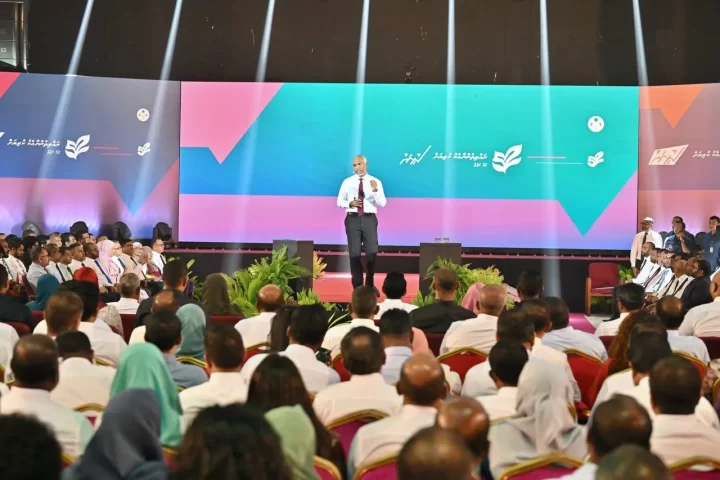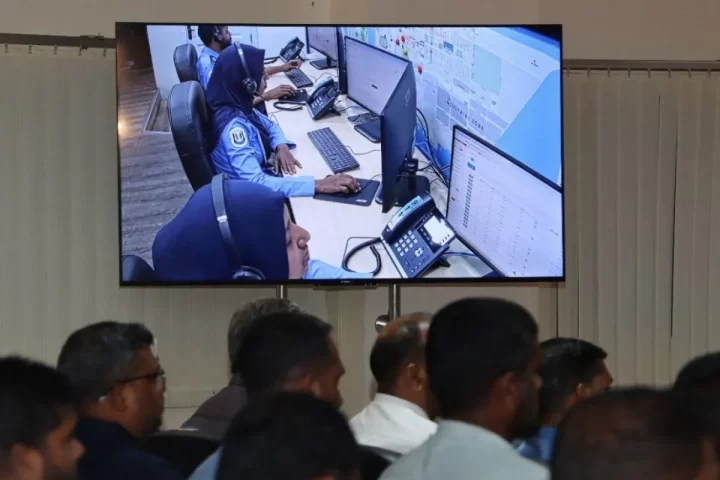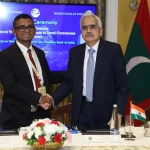Sri Lanka and India are advancing plans for a $1.2 billion undersea transmission line that would link the power grids of the two nations, a move aimed at bolstering energy security for the island country, according to a top Sri Lankan official.
The proposal calls for a submarine cable to connect Sri Lanka’s north-central town of Anuradhapura with Chennai, the capital of India’s Tamil Nadu state, said Sulakshana Jayawardena, secretary to Sri Lanka’s Ministry of Power and Energy. It would follow a 130-kilometer overland transmission line in India before going undersea to emerge at Thiruketheeswaram in northeast Sri Lanka.
“This will raise our hopes on energy security,” Mr. Jayawardena said after the fifth meeting last week of a joint working group on power-sector cooperation between the neighbors.
The plan envisions Sri Lanka eventually exporting renewable power to India once its offshore wind capacity is developed, he said. Indian officials have said the integration could significantly reduce power costs for Sri Lanka and encourage private investment in its energy infrastructure.
The long-discussed project has made little headway until now, with Colombo hoping to get the transmission line in place within two to three years. No formal agreement is yet in place, though Mr. Jayawardena said the two sides previously signed a memorandum of understanding to assess the technical viability.
Establishing a new institution with equal Sri Lankan representation to oversee the project’s implementation will be required, the official said. Sri Lanka would also need to secure funding for its share of the estimated $1.2 billion cost.
The undersea power link was among the energy initiatives discussed at last week’s meeting between Indian and Sri Lankan officials in Colombo. Progress was also reported on India’s involvement in developing a hybrid wind, solar and battery storage system for three islands off Sri Lanka’s northern Jaffna peninsula not connected to the national grid.
Broader economic ties between the subcontinental neighbors have expanded in recent years, with India’s development assistance to Sri Lanka totaling around $5 billion. A vision document adopted during Sri Lankan President Ranil Wickremesinghe’s visit to New Delhi last July identified energy as a priority area, spurring discussions on additional projects like a two-way, multiproduct oil pipeline.
As Sri Lanka emerges from a severe economic crisis, backers of closer energy integration see the prospect of more secure and potentially cheaper power supplies from India as a significant opportunity. For New Delhi, the interdependence could help cement its regional influence at a time of growing competition with China across the Indian Ocean.

